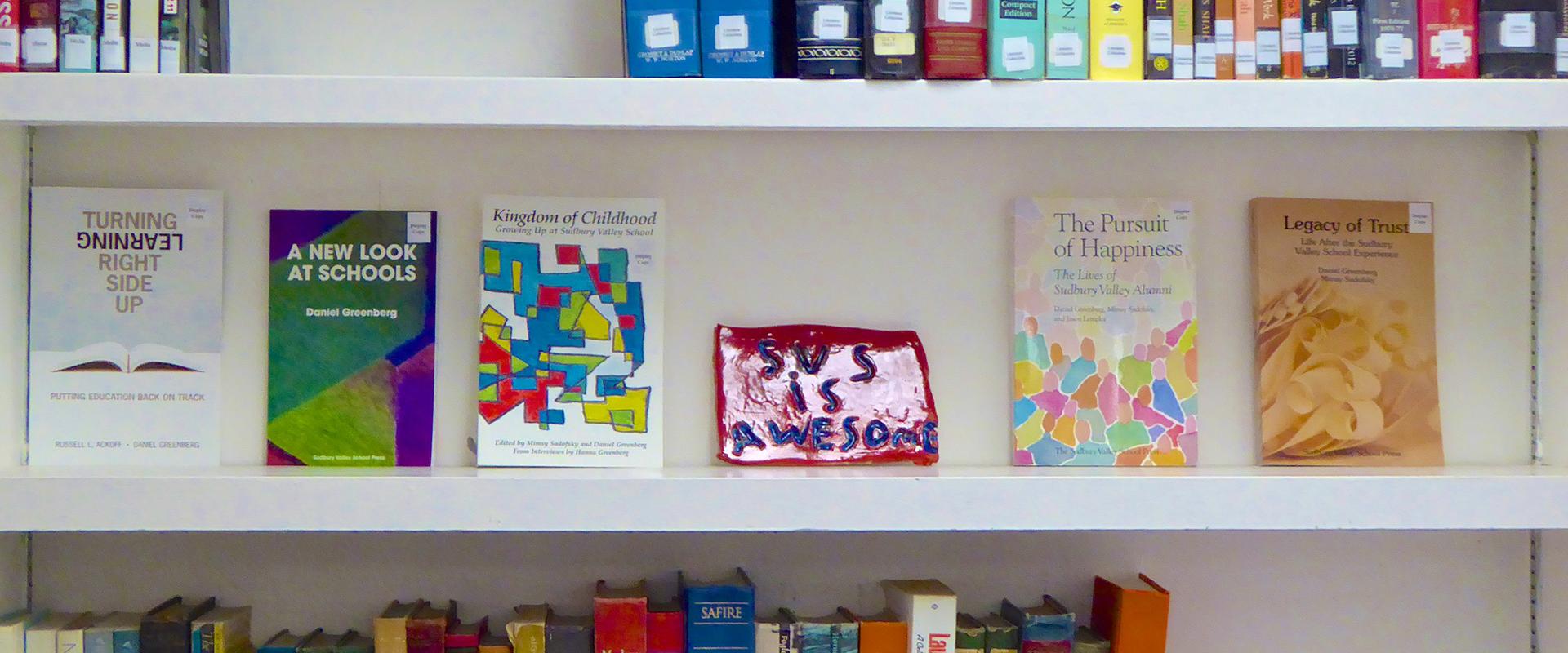For 50 years, Sudbury Valley Schools, and other schools inspired by its model, have been providing children with a place to grow like no other.
Our starting point is treating children who enroll at school, from age four and up, as human beings completely capable of exercising judgment and taking responsibility for their actions – just like adults. For all of human history, and in a great many societies today, that is the way they have been treated, and we have found no evidence that such an approach is in any way flawed.
As a result, all of the paraphernalia of traditional mass education – an innovation of Western industrial societies that is not even two centuries old – are irrelevant to our school, and more generally to our view of the way children should be treated and educated in our society in the post-industrial Information Age. We would no more assign a mentor to a student than we would to an adult in our society. We would no more provide unasked-for evaluations to a student (and certainly not to his/her family) than we would to an adult. We would no more talk about a curriculum – any curriculum – for students than we would for adults. In society at large, people do not create “educationally rich environments” for adults to inhabit every day, and we do not do it for our students. The world is enough of such an environment for all of us. We do not assess the “achievement” or “growth” of any student; when is that ever done for adults? We provide the same thing for students as the country’s Founding Fathers were trying to provide: a place that inherently guarantees the rights of Life, Liberty and The Pursuit of Happiness for all its inhabitants, and is governed with the consent of the governed for the sole purpose of protecting those rights.
We walk the talk. The school is run entirely by the School Meeting, and the School Meeting’s membership includes every student and staff member. Every person has one vote, and every person is eligible to vote on every issue. Budget, hiring, rules, adjudication of infractions, administration – everything is under the School Meeting’s jurisdiction, and there is no entity or person that can exercise authority over it. Furthermore, students of all ages are treated as the beneficiaries of the same unalienable rights as adults have in this society – the only situation that would be compatible with our fundamental principles.
When we opened in 1968, it would be an understatement to say that we were met with universal skepticism as to whether this approach had any validity at all. Professional educators dismissed the school out of hand; experts in child development thought it totally inconsistent with their scientific “truths”; economists were sure that the students would develop into adults without the necessary skills to maneuver the reality of the 20th century; and so it went.
We were not surprised. The same response met the founding of this country, and the constitutional amendment giving African-Americans the same rights as white citizens, and the next amendment doing the same for women (about whom it was alleged at the time that they were “like children”). In every instance, the prevailing truths, based on the work of the wisest thinkers of the time, were shown to be utterly unworthy of consideration when they met the new realities of equal treatment. Our aim was to extend equal rights and equal treatment to the one oppressed minority left: children, a minority that is controlled, held hostage, labeled, often medicated, and generally treated in ways that would be utterly abhorrent to every adult in our society.
We have persevered, and we have succeeded. We have produced a vast literature about what we have been doing, much of which has been translated into a great many languages. Over the last twenty-five years, similar schools have been founded all over the world.
The emancipation of children is a beautiful thing to observe, and the result is inspiring to experience.

